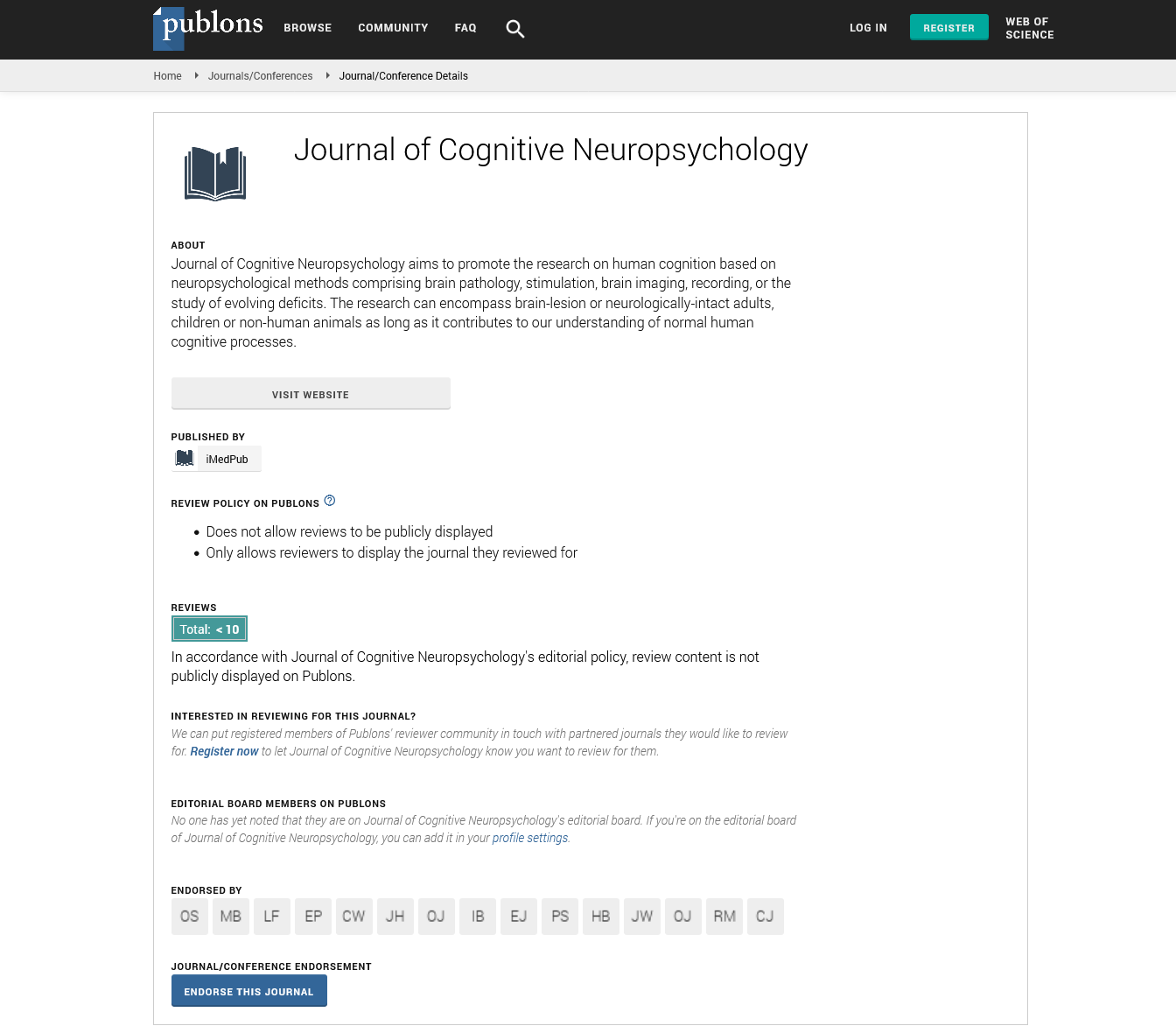Abstract
A Pilot Visual-Spatial Working Memory Training Protocol in Children with Attention Deficit Hyperactivity Disorder
Executive function deficits give rise to Attention Deficit Hyperactivity Disorder (ADHD) symptoms. Visual-Spatial Working Memory (VSWM) is one of the main executive functions, which is the ability to retain and manipulate visual information (shapes and colors as well as their locations and movements) for a limited time in the brain. This function plays a key role in learning at school as well as during everyday life. Rehabilitation of VSWM is needed for ADHD children, as several studies have shown the importance of mnemonic training in improving this feature. This pilot study provides and evaluates a treatment protocol targeting VSWM in ADHD children. We examined the impact of the protocol on 9 ADHD patients aged 8-9 years by using two tests: memory for faces and the Corsi block-tapping task during the initial evaluation and after treatment. The protocol is based on six training sessions related to the different types of VSWM (simultaneous and sequential, in forwarding, and backward orders). Results included greater mean pretest to posttest change scores on all variables with statistically significant differences in each type of VSWM. The studied performances improved from the pathological range to the normal range according to age. This protocol was shown to be effective in VSWM rehabilitation in ADHD children, potentially improving executive functioning.
Author(s): Anna Kechichianb
Abstract | PDF
Share This Article
Google Scholar citation report
Citations : 8
Journal of Cognitive Neuropsychology received 8 citations as per Google Scholar report
Journal of Cognitive Neuropsychology peer review process verified at publons
Abstracted/Indexed in
- Google Scholar
- Publons
- MIAR
Open Access Journals
- Aquaculture & Veterinary Science
- Chemistry & Chemical Sciences
- Clinical Sciences
- Engineering
- General Science
- Genetics & Molecular Biology
- Health Care & Nursing
- Immunology & Microbiology
- Materials Science
- Mathematics & Physics
- Medical Sciences
- Neurology & Psychiatry
- Oncology & Cancer Science
- Pharmaceutical Sciences
